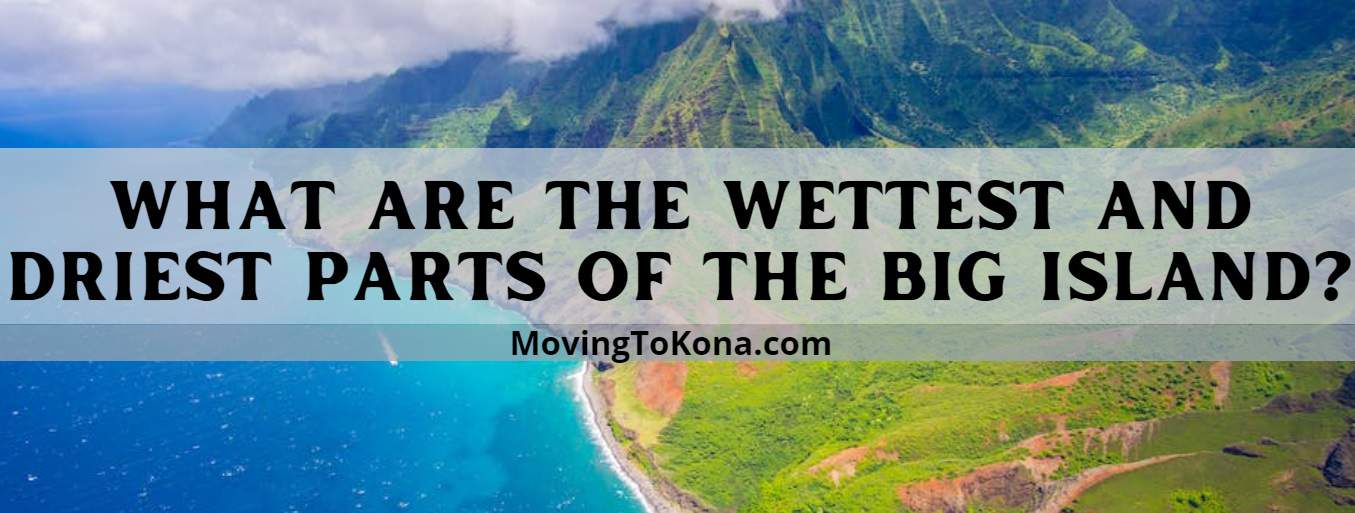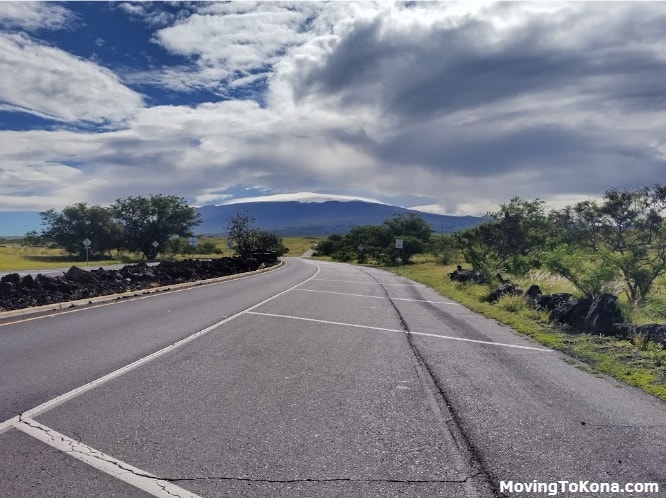What are the Wettest and Driest Parts of the Big Island?

What are the Wettest and Driest Parts of the Big Island?
The western (leeward) side of the Big Island, including Kailua-Kona and Waikoloa, tends to be drier, with annual rainfall often below 30 inches.
The eastern (windward) side, including Hilo and Puna, is much wetter, with annual rainfall often exceeding 100 inches.
The wettest locations are typically found in the northeastern part of the island, near Hilo, with some areas receiving over 200 inches of rainfall annually.
The driest locations are generally found on the western side of the island, particularly in the South Kohala District.
Wet and Dry Cities
The Big Island of Hawaii exhibits significant variation in rainfall across its different regions. Here are the wettest and driest areas:
Wettest Areas:
- Hilo: Located on the eastern side of the island, Hilo is renowned for its high rainfall. It receives abundant precipitation due to its exposure to the prevailing northeast trade winds and the influence of the nearby mountains.
- Puna: Puna, also on the eastern side of the island, is known for its lush vegetation and frequent rainfall. It lies southeast of Hilo and experiences similar weather patterns, receiving substantial amounts of precipitation.
- Hamakua Coast: The Hamakua Coast, stretching along the northeastern side of the island, is characterized by verdant cliffs and waterfalls. It benefits from the moist trade winds, resulting in substantial rainfall.
Driest Areas:
- Kohala Coast: The Kohala Coast, located on the northwest side of the island, is known for its arid climate. This region experiences less rainfall compared to other parts of the island due to the rain shadow effect caused by the mountains. It features sun-soaked beaches and a drier landscape.
- Kona: The western side of the Big Island, including the Kona district, tends to be relatively dry. The Kona coast experiences less rainfall and is known for its sunny and arid conditions. This area benefits from being sheltered by the towering Mauna Loa and Mauna Kea volcanoes.
It’s important to note that even within these wet and dry areas, microclimates exist, and rainfall patterns can vary. Elevation and topography play significant roles in influencing local weather conditions on the Big Island, resulting in diverse climatic zones and ecological variation.

